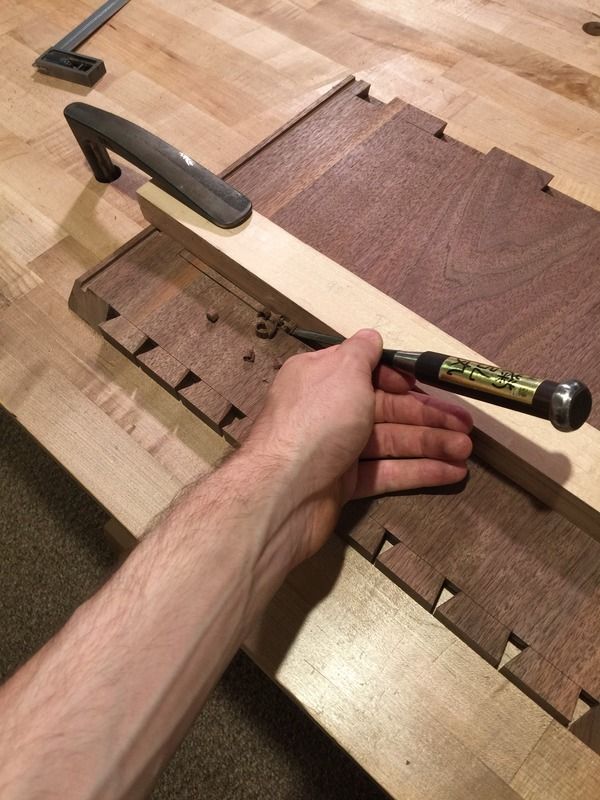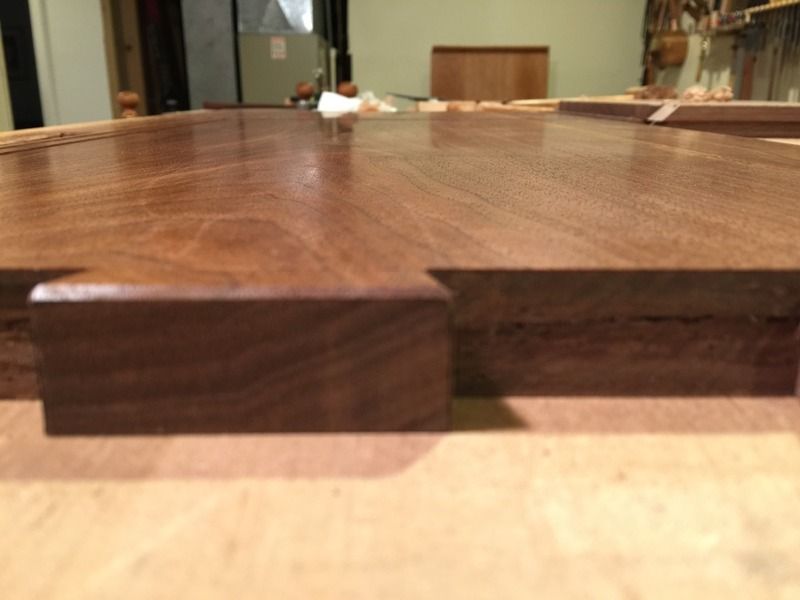Good morning! I've just published the latest in a series about building a butler's desk in black walnut.
https://brianholcombewoodworker.com/...sework-part-4/
Looking forward to any questions or comments you might have.
I have previously just posted the entire series in one thread, I think I will discontinue that and simply create a new thread for each post since the series can be tied together via the blog for anyone who would like to see it in full form.







 Reply With Quote
Reply With Quote



